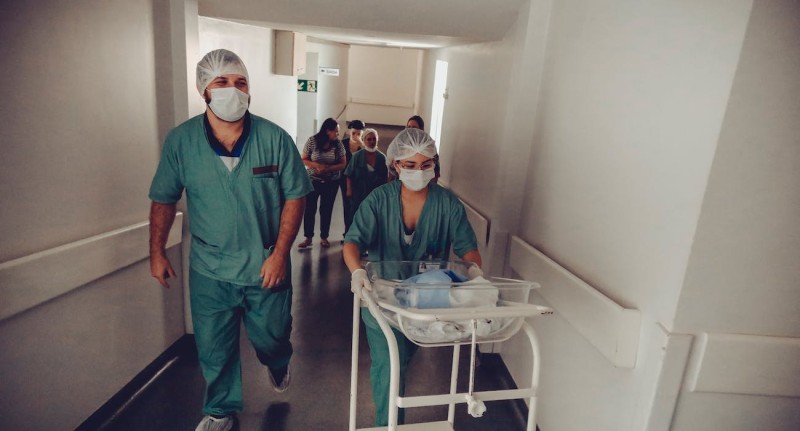The healthcare industry is constantly changing, and providing patients with effective and efficient care is still a priority. In this context, the means for transporting medical apparatus and medicines in the clinics or hospitals determines the quality and speed of medical services provided. To be more clear, hospital treatment can only be improved with the help of a few critical pieces of equipment, such as the medical trolley.
The Role of Hospital Trolleys in Modern Healthcare
Often overlooked, a medical trolley is fundamental to any healthcare facility's smooth operation. They serve as mobile stations, efficiently carrying vital medical equipment, medications, and necessary supplies directly to the patient's bedside. This mobility is crucial in emergency scenarios where time is of the essence and every second counts towards patient recovery, significantly enhancing the effectiveness of acute care. Additionally, their versatility in various clinical settings underscores their role in improving patient outcomes and the performance of healthcare workers.
Ergonomics and Design Innovations
Ergonomics plays a significant role in the design of the current medical trolley. Adjustable heights, easy-to-maneuver wheels, and lightweight materials are now standard, reducing the physical strain on healthcare workers and increasing efficiency in patient care. The design also considers the diverse needs of different departments within a hospital, from emergency rooms to surgical units, ensuring that each trolley is tailored to meet specific requirements. Features like modular drawers and secure locking systems further enhance functionality, allowing for the safe transport of sensitive equipment and medications and catering to the unique workflow of each specialty. Moreover, incorporating silent casters and smooth handles improves maneuverability and reduces noise, a crucial factor in maintaining a calm and healing environment for patients. Using durable, easy-to-clean materials also addresses hygiene concerns, a vital aspect of preventing cross-contamination in clinical settings. Some trolleys now come equipped with integrated power sources, ensuring electronic equipment can be used without constant recharging.
Impact on Patient Care and Hospital Efficiency
Integrating advanced hospital trolleys into healthcare settings profoundly impacts patient care and overall hospital efficiency. For patients, the immediate availability of medical supplies and equipment at their bedside can mean quicker treatment times, enhanced comfort, and significantly improved outcomes. For healthcare facilities, increased efficiency leads to smoother operations, better resource management, reduced logistical challenges, and substantial cost savings. This modernisation also supports staff in providing high-quality care, fostering a more organised and responsive healthcare environment.
Customisation and Flexibility
One of the most significant aspects of modern hospital trolleys is their customisability. Hospitals can configure trolleys to meet their unique needs, whether for general medicine, anesthesiology, emergency care, or any other specialised field. This flexibility ensures that healthcare providers have precisely what they need at their fingertips, tailored to the specific demands of their work environment. Adding or removing components such as IV poles, oxygen tank holders, or defibrillator shelves allows for a high degree of personalisation. This level of customisation improves the efficiency of medical procedures and aids in better organisation, ensuring that all necessary tools and medications are easily accessible. As a result, hospital trolleys can be transformed into highly efficient mobile care stations adaptable to modern healthcare's evolving needs.
In conclusion, the role of the medical trolley in healthcare must be considered. They are more than just a means of transporting equipment; they are critical to delivering efficient, effective, and high-quality patient care. As technology advances, so will the capabilities of these essential tools, further revolutionising healthcare and patient treatment. Their evolution will likely include enhanced digital integration, improved ergonomic designs, and even greater customisation options, all aimed at meeting the increasingly complex demands of modern medical environments and enhancing the overall patient experience.
